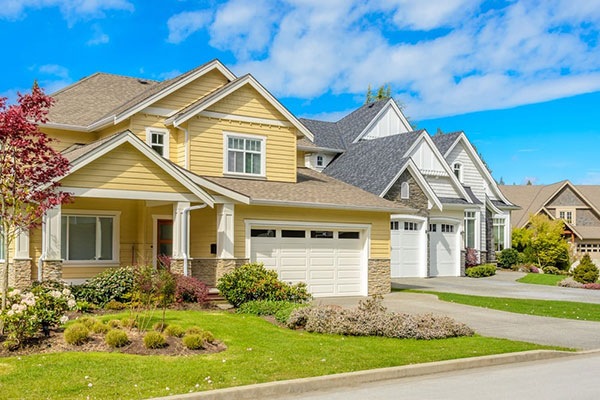You may be surprised that over 21% of the US population resides in the community association regulated household. These communities are comprised condominiums, planned developments, gated communities, cooperatives, and townhouse communities. The homeowners in these communities are usually bhoound by the rules and regulations of the homeowner's association (HOA), and each resident pays a monthly or annual HOA fee for maintenance of the building and the common areas.
It is estimated that 50% of these types of the communities as mentioned above operate under HOA or condominium guidelines while approximately 42%-45% are condominium associations. Tenants of an HOA have no vested interest in the common areas of the property, while condominium association members not only own their private unit but will also share a vested interest in the entire facility.
Why Choose an HOA Community?
Families that opt to live in residential communities have risen from 2.1 million in 1970 to over approximately 69 million in 2016. The rise in popularity is attributed to a lifestyle free from home maintenance chores such as lawn upkeep. But other sound reasons are also cited. HOA-community homes tend to sell at a premium because of the safety gained in community control and the benefits of targeted services. Onsite recreational amenities are also instrumental in choosing community living. Other benefits of HOA living include:
- aesthetically pleasing homes
- exterior home maintenance for townhomes and condominium associations
- higher quality service over the city
- well-maintained common areas
- increased sense of security
A Look at HOA and Condominium Association Statistics
HOA and condominium associations are a massive business with over $88 billion collected from homeowners and $25 billion held in reserve funds for maintenance, repair, and enhancement of the property. Also consider the 7,000-8,000 management companies that operate to handle building management and facilities maintenance, making HOAs a dominant residential market sector.
The total value of homes that operate within association guidelines is over $5 trillion. But not all HOAs exist on a large scale. The larger HOAs will meet at least two of the following factors:
- a connected community operating under the guidance of a general manager
- provides over 1,000 lots and family units
- operates with a minimum budget of $2 million per year
When you consider that over 26 million housing units are classified as community associations, you realize planned communities are becoming a significant trend to offset escalating land costs and the scarcity of premium land in popular neighborhoods.
Leading the Nation in Homeowners Associations
Statistics credit the total number of homeowner associations in the US above 342,000 organizations. Florida and California lead the nation for the most substantial number of community associations in 2016 at 47,900 and 45,400 respectively. The reason for the two warmest states being host to the largest number of HOAs can be attributed to the larger density of senior residents and the luxury amenities common for these communities, such as swimming pool, exercise room, and tennis courts.
States with fewer than 1000 HOA type communities include Alaska, Mississippi, North and South Dakota, West Virginia, Arkansas, and Wyoming. Unlike Florida and California, there does not seem to exist a large body of laws concerning HOAs in these states. Since HOAs are usually structured as a corporation, they must follow many of the same guidelines that apply to state corporation statues. Governing documents and a governing body must be elected to enforce the board enacted rules and regulations.
States such as Ohio, Michigan, and Minnesota fall into the median range for homeowners association in 8400, 8300 and 7600 respectively. In some states, the laws are beneficial for HOAs, and in others states, the market for HOAs will dictate the rate of new construction. The population density is also another factor. Large urban areas and overdeveloped suburbs are causing a shortage of space for new home development. Housing communities can supply more homes per square foot of land than private homes.
Looking for a HOA or condominium association provider? Contact RealManage today!


